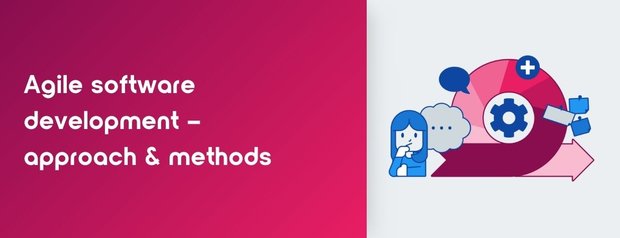Together with you we create your training plan tailored to your needs! What is the level of knowledge in your team or across several teams? In which area of knowledge do you need to catch up? And if we know the content of the training topics you need to cover, then we will look for formal possibilities. Whether open training or in-house, whether online or on-site.
artificial intelligence

3 days ISTQB® Certified Tester AI Testing
4 days GenAI-Assisted Requirements Engineering
1 day AiU Certified GenAI-Assisted Test Engineer
3 days Train-the-Trainer AiU Certified GenAI-Assisted Test Engineer
3 days Masterclass: Generative AI in Action: Patterns, Productivity, and Quality Engineering
1 day MasterClass LLM Context Engineering for Software Testers
1 day








































